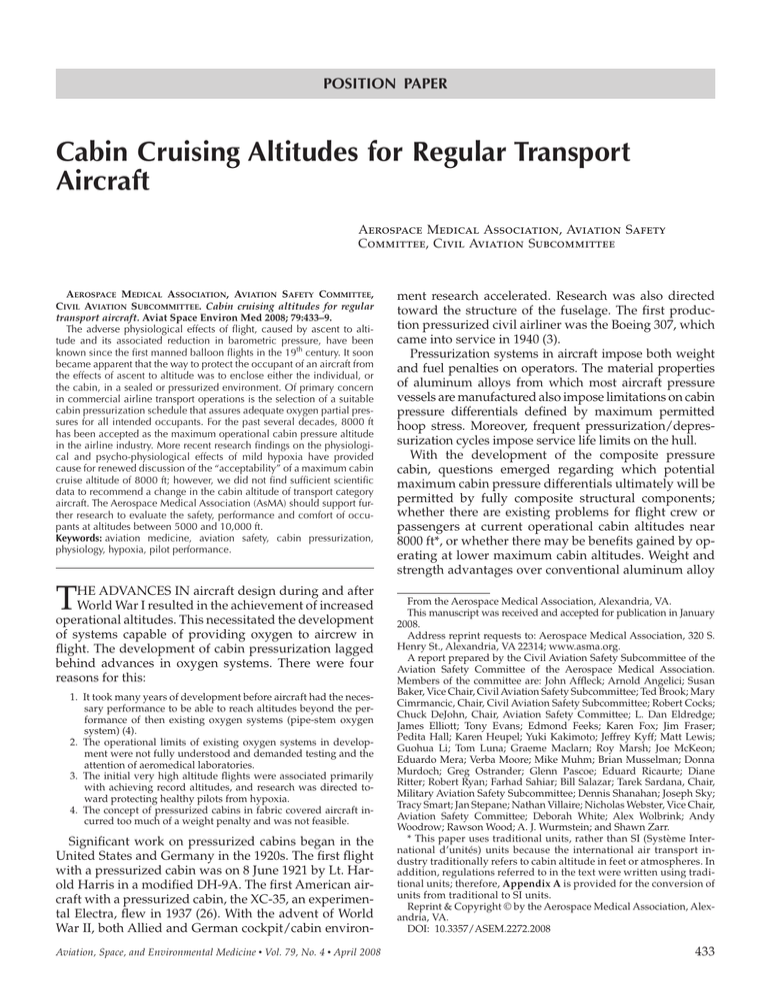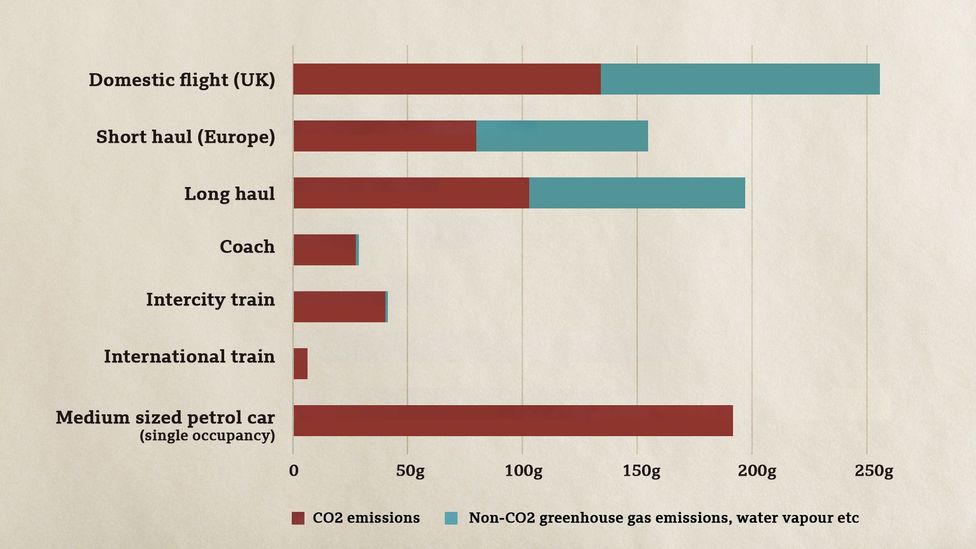VFR and IFR Cruising Altitudes Vertical Separation
Table Of Content

The biggest reason for flying at higher altitudes lies in fuel efficiency. The thin air creates less drag on the aircraft, which means the plane can use less fuel in order to maintain speed. This is also the reason why it's called "cruising" altitude, because the plane is "sailing" through the air along the path of least resistance. Another reason to think higher rather than lower is that most of our non-turbocharged airplanes get their best true airspeed between 7000 and 8000 feet.
Am I going to have airspace problems?
Transatlantic airplanes are flying at the ‘speed of sound’ right now. Here’s why - CNN
Transatlantic airplanes are flying at the ‘speed of sound’ right now. Here’s why.
Posted: Wed, 01 Nov 2023 07:00:00 GMT [source]
Airline dispatchers are employed by carriers, and generally work in the company’s HQ. They control the planning and execution of their airline’s flights -- keeping track of where they are, where they are going, their fuel/weight, as well as assigning them specific routes. Most importantly, they calculate a flight’s ideal altitude and request it from Air Traffic Control, who tries to accommodate the request when giving the pilot clearance to take off.
Are You Flying Your Drone Legally?

In the flight levels, the altitude is set by reference to a standard barometric pressure of 29.92 so as to create a standard reference for all aircraft and avoid any variation. In fact, the common cruising altitude for most commercial airplanes is between 33,000 and 42,000 feet, or between about six and nearly eight miles above sea level. Typically, aircraft fly around 35,000 or 36,000 feet above sea level. This is why when you are on a long flight, you will generally hear the captain say something like, “Ladies and gentlemen, we have now reached our cruising altitude of 36,000 feet”. Most airlines like to reach this high cruising altitude because of the costs that they will save on fuel, which is obviously a huge draw for airlines that are looking to save money. This high cruising altitude also means that there could be smooth communication between air traffic controllers and pilots because of how far apart the other aircraft will be at such altitudes.
Ground Speed vs. Airspeed
Every passenger has followed along their flight's progress on the seat back entertainment — maybe wishing the plane were going just a bit faster. Nowadays, a flight's speed, course and altitude are displayed on the screen. Sometimes the plane is cruising at 30,000 feet, other times at 39,000 feet, or maybe at 35,000 or 40,000.
That's where your aircraft's Fuel, Time and Distance to climb chart comes into play. For most aircraft, your time-to-climb is pretty linear, but if you're flying a normally aspirated airplane above 10,000 feet MSL, your climb rate can start dropping off significantly. On top of that, you're burning extra fuel in a climb, and flying a slower indicated airspeed too. “As an airline pilot, my major concern for cruise altitude was to provide a smooth ride for the passengers even at the expense of efficiency. If you think about it, that should be a large factor in our general aviation planning as well.
Get the Pilot’s Tip of the Week
East is OddAs a memory aid, I always think of people from out east speaking with an ‘Odd’ accent. East directions, from 0 degrees through 179 degrees represented on the right (or east) side of the diagram therefore use ODD 1,000 foot altitudes plus 500 feet. Conversely, the West directions, from 180 degrees through 359 degrees on the left (or west) side of the diagram use EVEN 1,000 foot altitudes plus 500 feet.
ECON speed will also be higher at higher altitudes because the density of the air is lower. Delving into the intricate realm speed of aircraft has unveiled the multifaceted journey from the exhilarating moments of takeoff to the serene cruising altitudes. It is a symphony of engineering precision, aerodynamic principles, and technological marvels orchestrating the seamless progression through the skies.
Plus if a plane goes higher, it has to burn more fuel in order to get there. So there has to be a balance, which is the reason for the fairly specific altitudes generally used by airliners. 35,000 feet or thereabouts is the altitude at which fuel efficiency is greatest, while there is still enough oxygen available to power the engines. Vertical SeparationIn the air, pilots use vertical separation to help avoid collisions with other oncoming traffic. Pilots fly at different altitudes for different directions of flight. This altitude separation works like traffic lanes to keep aircraft flying in different directions from colliding into each other.
Why Do Commercial Airplanes Fly at 36,000 Feet?

This type of engine prevents these smaller planes from reaching the same altitudes as commercial aircraft. Commercial aircraft typically fly between 31,000 and 38,000 feet — about 5.9 to 7.2 miles — high and usually reach their cruising altitudes in the first 10 minutes of a flight, according to Beckman. Flying higher means that commercial airplanes can avoid most other airborne traffic. At the altitudes they use, there will be no light aircraft and helicopters, and no drones, which all fly much lower.
Military fighter jets are designed for high-performance missions and can achieve speeds exceeding Mach 2, which is twice the speed of sound or around 1,500 mph. When you choose to apply (and are approved) for a new credit card through our site, we may receive compensation from our partners, and this may impact how or where these products appear. Please view our advertising policy and product review methodology for more information. Meals also help break up the flight into more manageable chunks if you can’t manage to sleep. There are a number of reasons for all of the above, which we will take a look at now.
Still, with 57% of travelers in Schulz’s camp, a fair number seem to agree that the middle seat person should get both armrests. "[Air Traffic Control] is often very helpful for avoiding turbulence," said Pereira. "For example, if there is a plane 20 miles ahead of us that reported moderate turbulence, ATC will suggest an altitude to avoid it." If I am flying over uninhabited and/or rough terrain, I want to be high so I have a better chance of reaching an airport or at least civilization if I have a problem.
Pereira flies the Embraer E190, which has a performance function as part of its Flight Management System. This feature allows pilots to "what if" various scenarios based on winds aloft, weight and balance and fuel requirements. "We're always looking to maximize the benefit of the wind," she said.
“I’ve smelled it,” and that kind of scented assault can be highly irritating to other passengers. You may be packed in like sardines on a Spirit flight, but that doesn’t mean you have the right to spill over into someone else’s precious little space. As long as you pick an altitude above the MEF, and your chart is current, you can rest easy in knowing that you're not going to hit something sticking out of the ground. But, according to Kayak’s survey, only 43% of air travelers agree with me.
It is probably not really safe for them to be much above 10,000 feet. And a substantial majority of small planes are flown for recreational purposes, and pilots enjoy flying lower, where they can see things below them. This paper considers subsonic turbojet aircraft fuel consumption minimization problem during cruise phase, assuming fixed time of arrival. We utilize tailwind/headwind component values at various flight levels, as well as air temperatures and atmospheric pressures at various altitudes. The solution to the altitude and speed flight profile optimization problem is through constrained coordinate descent method.
Comments
Post a Comment